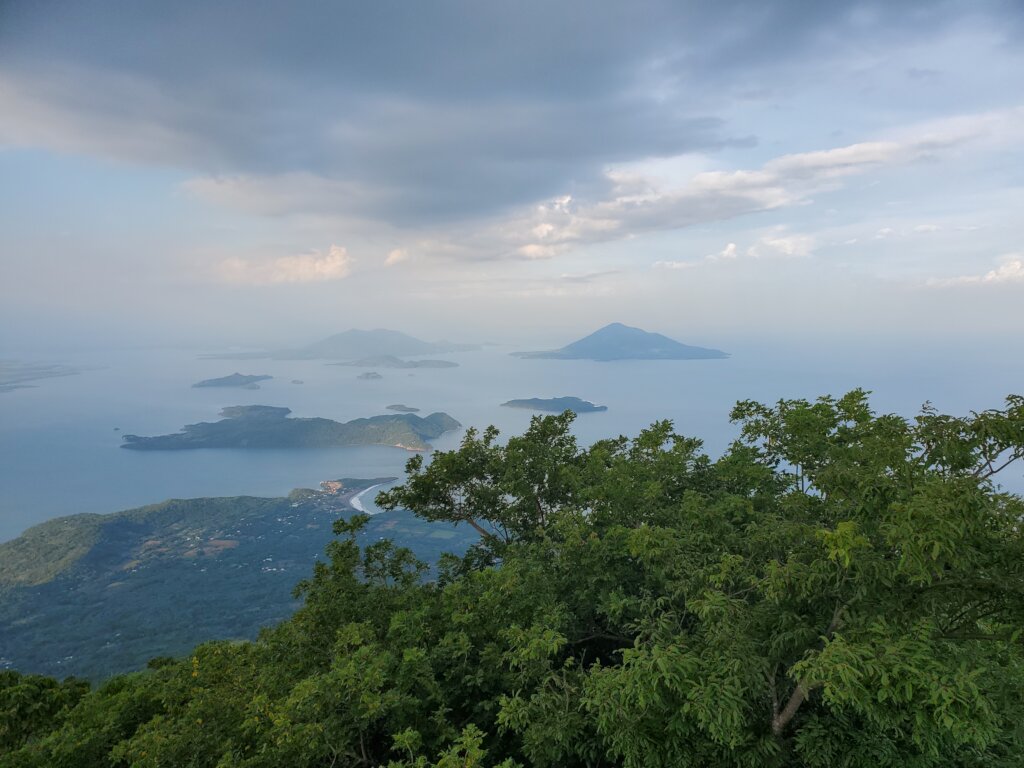By Sarah Otterstrom | Executive Director
Dear friend,
As we await news of Cyanoptera macaw nests in the Cosiguina peninsula, I would like to give you a quick update.
Thanks to your support, our team of two bird technicians and three community members have been conducting monthly monitoring three sectors of the forested flanks of the Cosiguina volcano. There we have located seven potential macaw nests, based on previous nesting sites and also based on visits by macaws near to potential nest cavities.
The first week January we will begin continuous monitoring of the nesting areas in hopes that several macaw pairs can be protected so that they can nest without the interference of poachers
I was recently in El Salvador where I learned from government rangers who work on the Conchagua volcano, a forested volcano just 30 km across the Gulf of Fonseca from Cosiguina. They shared that from time to time they observe macaws foraging in the forests on the Salvadoran volcano. We believe that the macaws that nest in Nicaragua travel between El Salvador, Honduras, and Nicaragua during non-breeding season to forage for food in the forests near the gulf. The effors you support are helping a macaw population that helps disperse seeds and grow forests across three countries!
Thank you for helping Central America's last population of cyanoptera macaw on the pacific coast.
With gratitude,
Sarah
Project reports on GlobalGiving are posted directly to globalgiving.org by Project Leaders as they are completed, generally every 3-4 months. To protect the integrity of these documents, GlobalGiving does not alter them; therefore you may find some language or formatting issues.
If you donate to this project or have donated to this project, you can receive an email when this project posts a report. You can also subscribe for reports without donating.
Support this important cause by creating a personalized fundraising page.
Start a Fundraiser